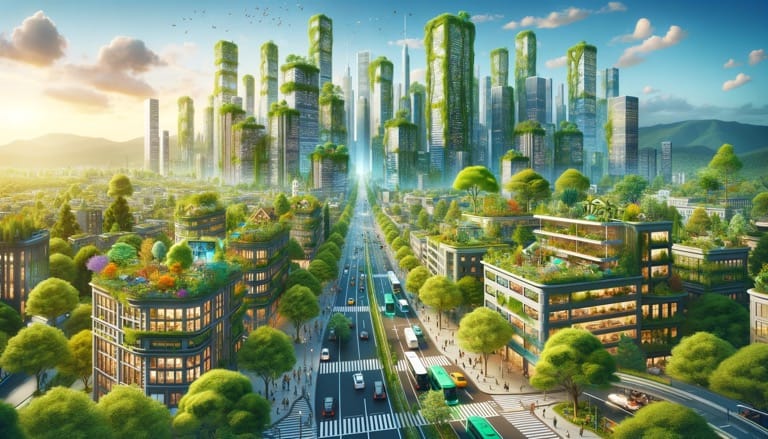Urban Forests: The Future of Sustainable Cities
In the realm of urban development, a revolution is quietly taking place, one that promises to transform our cities into greener, healthier, and more sustainable environments. This revolution is rooted in the concept of "urban forests," a transformative approach to city planning that integrates extensive tree cover and

In the realm of urban development, a revolution is quietly taking place, one that promises to transform our cities into greener, healthier, and more sustainable environments. This revolution is rooted in the concept of "urban forests," a transformative approach to city planning that integrates extensive tree cover and diverse plant life into the urban fabric.
Imagine walking down the streets of a bustling city, where skyscrapers are intertwined with lush greenery, parks are as common as coffee shops, and every rooftop and balcony brims with plant life. This is not a distant utopia, but a rapidly approaching reality, as urban planners and environmentalists advocate for a new vision of city living.
The idea of urban forests stems from an increased awareness of the environmental and health challenges facing our cities. Urbanization, with its concrete jungles and lack of green spaces, has led to issues like air pollution, heat islands, and the loss of biodiversity. Urban forests offer a solution by bringing nature back into the heart of our cities.
The benefits of urban forests are manifold. They act as natural air filters, absorbing pollutants and producing clean oxygen. They provide habitats for a diverse range of wildlife, supporting biodiversity. Additionally, trees and plants in urban areas can significantly reduce temperatures, combating the heat island effect common in densely populated areas.
Cities like Singapore and Milan are leading the way in this green transformation. Singapore, known as the "City in a Garden," has made urban greening a key part of its urban planning. Milan, with its "Vertical Forest" residential towers, showcases how architecture and nature can coexist harmoniously, creating not just living spaces but also ecological habitats.
The implementation of urban forests is not without its challenges. It requires innovative architectural designs, efficient use of limited urban spaces, and sustainable maintenance practices. However, the potential rewards are immense. Urban forests can transform our cities into more livable, resilient, and sustainable spaces.
As we look towards the future, the concept of urban forests offers a glimpse into a world where nature and urban life are not at odds, but instead, thrive together. It’s a vision that promises not just aesthetic improvement but also a healthier, more sustainable way of urban living. In embracing this green revolution, we can reimagine and reshape our cities for the betterment of both the environment and our quality of life.




